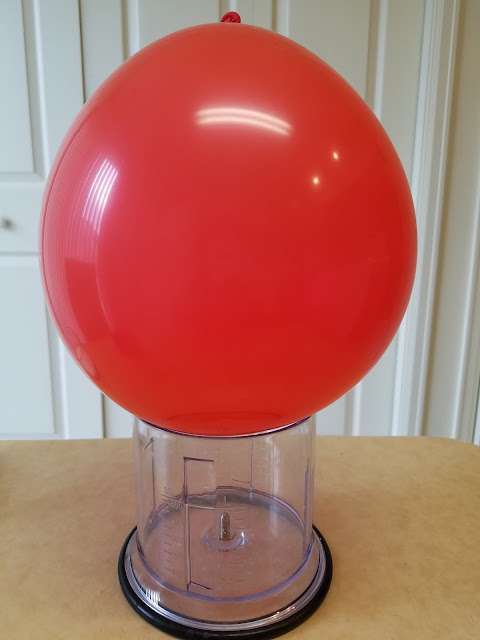In 1336, a marriage was arranged between Dom Pedro, the son of King Alfonso IV and Queen Beatriz, and Constança, the daughter of the duke of Peñafiel. As was customary during the time, the union was a political contract meant to solidify relations between Galicia and Portugal. It is unknown whether the couple shared any amorous feelings toward each other; however, it is well documented that Dom Pedro had a torrid love affair with Constança’s cousin, Inez. While similar relationships were kept hidden behind palace doors, Dom Pedro and Inez made no efforts to conceal their feelings. Inez was moved into the court as a concubine and the couple had four illegitimate children. The affair’s notoriety, in turn, made a mockery of King Alfonso’s court, strained relationships between Galicia and Portugal, and gave Inez’s family, the Castros, unwarranted power and aristocratic status. In 1355, Alfonso – at the request of the chief justice of the kingdom and two other advisors – had Inez assassinated and her body unceremoniously buried in the monastery of Santa Clara de Coimbra. The incensed Dom Pedro quickly retaliated and, with the aid of Inez’s brothers, prompted a civil war. With Alfonso’s death in 1357, Dom Pedro was crowned king of Portugal and, in 1360, he enacted a series of efforts to legitimize Inez’s standing as his queen, including public proclamations that he and Inez had been secretly married in 1354 and her posthumous coronation. In fact, it is during the latter event that historic fact and artistic myth diverge.
Was Inez truly removed from her grave and ceremoniously crowned queen of Portugal? As Edwin Murphy highlights, the legend emerged decades following the event and has replayed itself for centuries. Indeed, it makes for dramatic storytelling. However, history proves otherwise. In Cronica de el-Rei D. Pedro I (1434), Fernão Lopez, the royal archivist of Portugal from 1418 until 1454, confirms that Inez was removed from her grave at Santa Clara and transported by men of noble birth via a candlelit vigil to the monastery of Alcobaça – the resting place of Portugal’s kings and queens. Inez’s corpse, though, was never placed upon the throne and crowned queen. Rather, she was ceremoniously interred within the monastery with a scepter depicting her crowned effigy.
Works Referenced
Lopez, Fernão. Cronica de el-Rei D. Pedro I. Portugal, 1434.
Murphy, Edwin. After the Funeral: The Posthumous Adventures of Famous Corpses. New York: Barnes and Noble, 1995.
























